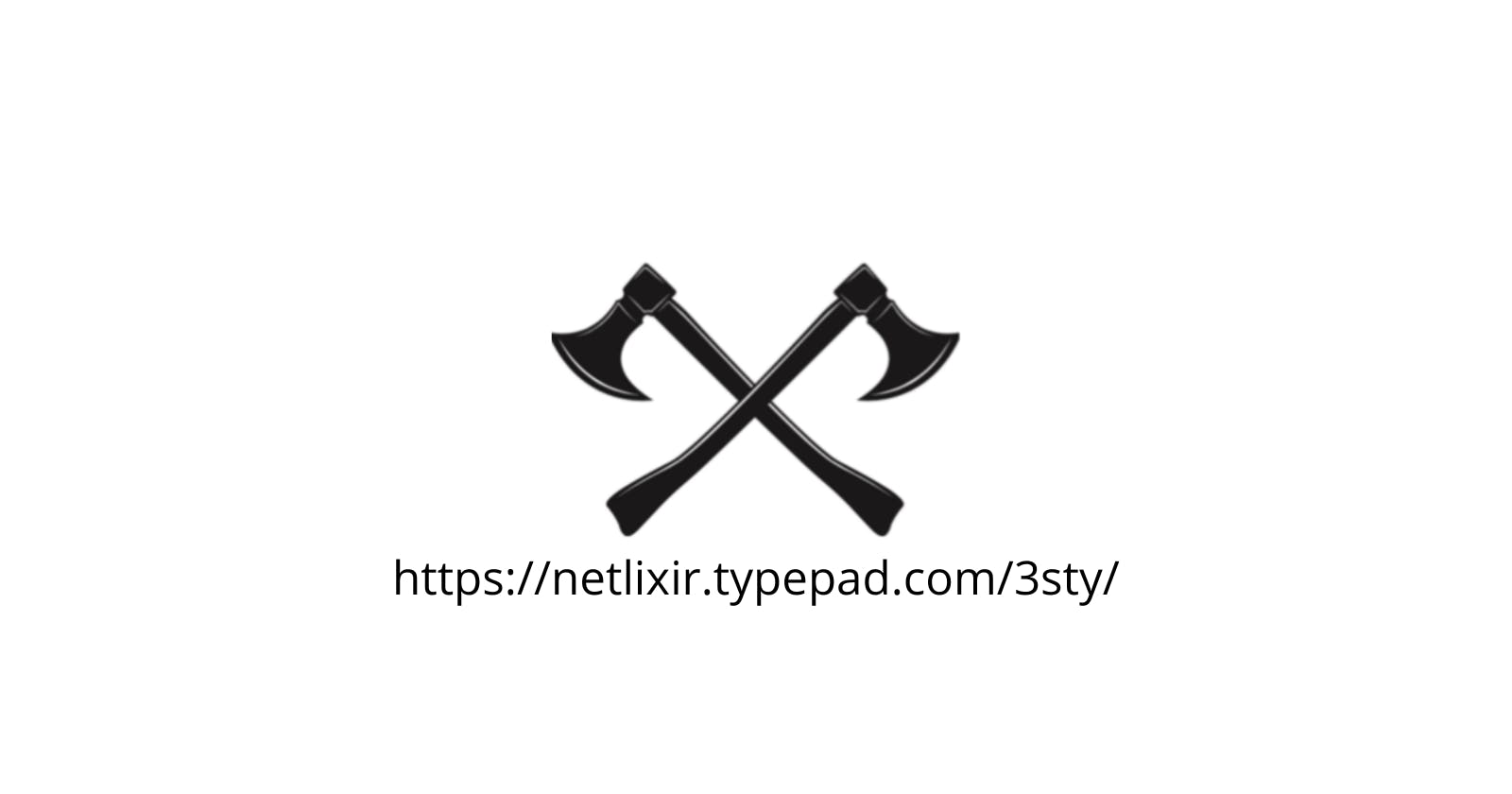**This blog was originally published on October 13th, 2007. It was published on TypePad and can be found here.
 **
**
This semester I am teaching "Applied Networking". The "applied" in the title refers to an expectation for the students to work hands in a hands on environment. Well the BFIT doesn't have a functional, segmented networking lab. I would love to have access to a Cisco lab, similar to the one I used at Bentley. Or the beautiful security lab at Johnson and Wales.
In previous semesters, I tried using a Software based Cisco lab, which was only moderately successful. I have found that the students have a totally different reaction to a hardware system that they can touch. Perhaps I can revisit this idea, and start working on a solution. Older Cisco 2600s and 2900s can be found on Craigslist for short money. The investment in these products would certainly be very beneficial. It would be wonderful if my students left the BFIT with hard Cisco IOS skills, wiring skills, and general applied routing knowledge. It would be such a thrill.
General applied routing knowledge is really missing from this Applied Networking course. I spend a great deal of class time on RIP and OSPF, but frankly nothing beats setting up and configuring routes on a network, and then seeing your packets traverse those routes you built. My students come into the class with some experience using and setting up home networks. The wired and wireless Netgears, and Linksys devices abstract their routing functions, and my students tend to think of Internet routing within this concept. They have trouble shifting gears, and thinking about WAN routing as a very important aspect of our modern day Internet architecture. It's almost as if little wireless routers have made routing no big deal. Well BGP and OSPF certainly are big deals and are such a big deal, that they could fill an entire semester course.

